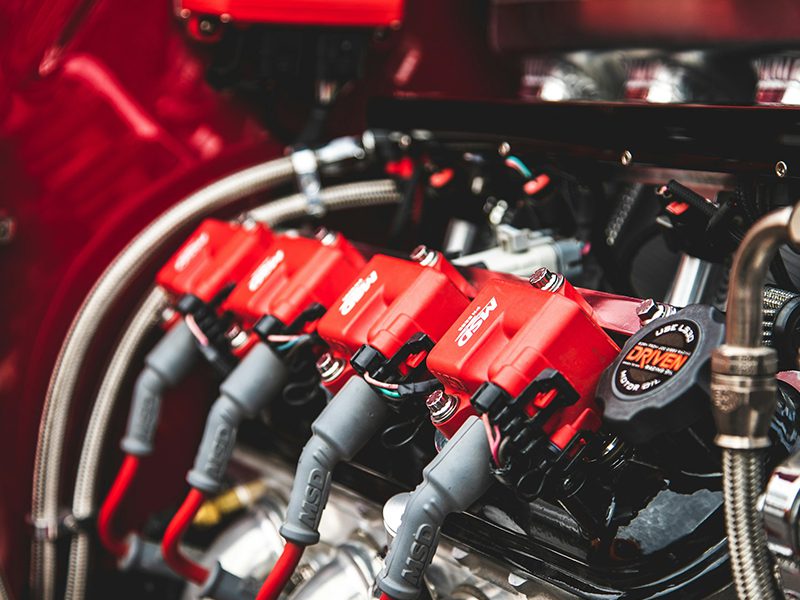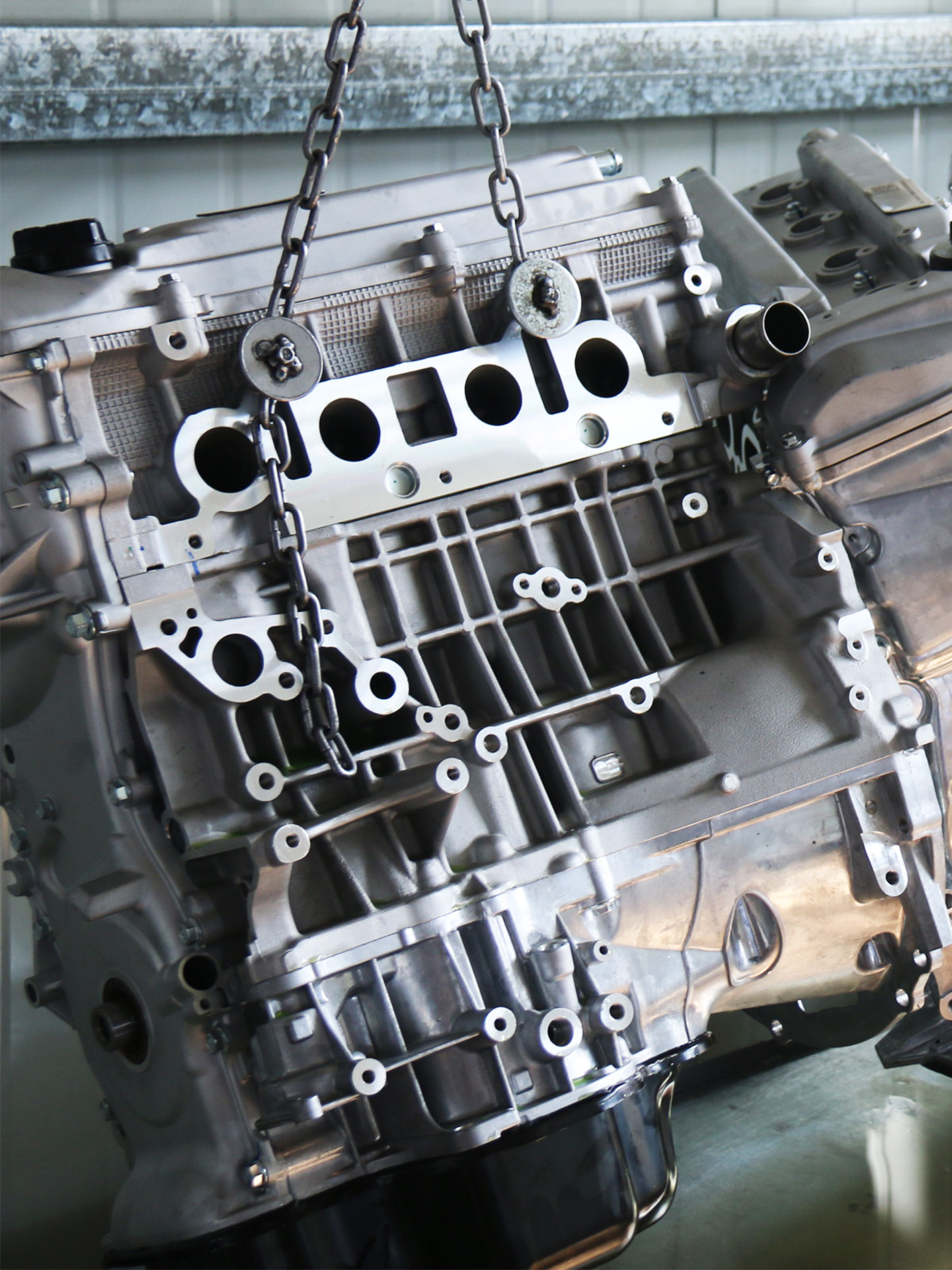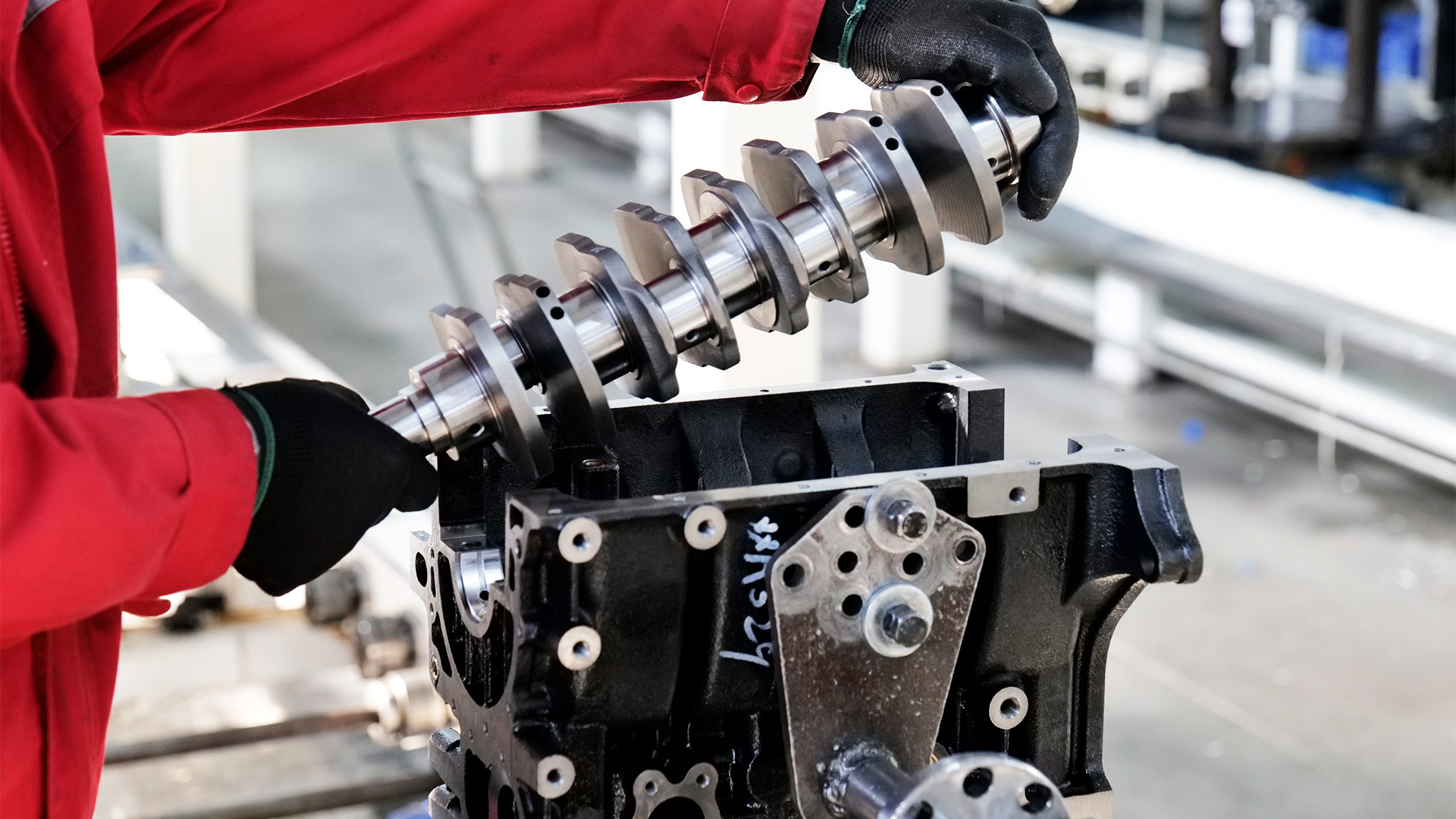If you’ve ever popped the hood on a Chevy truck produced from the ’90s or early 2000s, chances are you’ve met the large displacement Vortec line. It’s a certified workhorse engine, a tuner’s favorite, and still a go-to swap candidate today for anything from a Camaro, a GMC sleeper, to a Corvette.
Car guys and gals love them. B2B Engine resellers trust them. The GM Vortec engine family has produced a cornerstone in the small-block scene for swaps, rebuilds, and output upgrades. Here’s what makes them special and whether you should see for yourself!

What are GM Vortec Engines?
The GM Vortec engine belongs to a line of large displacement gasoline-powered piston engines (Atlas engine family) developed by General Motors (GM) in the 1990s, a key component of GM’s truck and SUV powertrain lineup before the turn of the millennium. Models such as the Vortec 350 are usually regarded as fan favorites.
Vortec engines were produced for large vehicles like trucks and SUVs, offering better fuel efficiency and more power than most competitors. The Vortec line includes both V6 and V8 engines with various displacements, including the popular 4.8L and 5.3L displacement small block V8s, which people praise to this day as being some of the best truck engines of all time.
GM Vortec engines use vortex technology to create a swirling air charge inside the chamber, improving fuel atomization and increasing power output at the same time. The Vortec engine was widely used in GM gasoline-powered SUVs and trucks, with many older trucks and SUVs on the road today still relying on Vortec engines.
Small Block Intake Manifold Design: Swirl for Better Combustion
Many elements make the Vortec family of engines special, such as variable valve timing, comp cams, superior air induction, and lots of torque, but these are the factors you need to focus on the most.
Vortec engines and their V8 engine valves are praised for using uniquely produced manifolds that generate a swirling motion (vortex technology) in the air-fuel mixture.
This vortex effect greatly improves fuel line atomization and leads to a more complete cycle within the chamber, increasing both efficiency and torque, especially at low to mid RPMs where many gas truck engines suffer the most.

Vortec Heads: Eliminating Dead Zones
One of the biggest upgrades over older small-block designs is the Vortec cylinder head solution. These heads feature meticulously reshaped intake ports, valves, and chambers that eliminate so-called dead areas and thus improve airflow and the firing process.
The result? Once again, noticeably better throttle response and horsepower gains with minimal compromises to the engine’s overall reliability.
Produced Cast Iron Block Construction: Durable, but Heavy
Unlike small block productions of horsepower-heavy LS engine cars that use lightweight aluminum blocks, most Vortec motors rely on cast iron blocks.
While indeed heavier, cast iron construction offers greater durability and cost-effectiveness, making it a popular choice for working trucks, hauling lines, towing, and long-term builds.
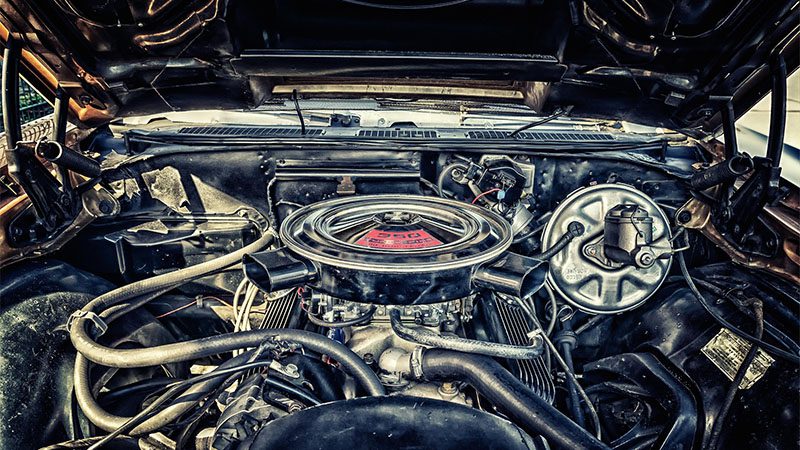
General Motors Combustion Chamber and Piston Design
Vortec versions are also engineered to be good on gas, something most pickup truck engines simply aren’t. The piston crown difference, valves, and the combustion chamber are produced to work together, maximizing swirl and compression with every cycle.
This pairing allows the engine to produce strong torque while maintaining decent fuel economy — a key reason for its popularity in both OEM versions and custom engine swap applications.
How GM Vortec Stacks Up Against LS Engines, Honda, Mazda, and Other Engines
The difference between most Vortec versions and the engines that came before them is significant, from torque flow to design upgrades. They also differ greatly from engines typically found in commuter cars. Here are the key differences:
| Engine Type | Key Differences | Use Case | Focus |
|---|---|---|---|
| Vortec Engine | Iron block, unique valves and ports, Vortec cylinder heads with vortex technology | G Motors trucks, SUVs, vans | Low-end torque, efficiency, and durability |
| LS Engine | Lightweight aluminum block, high-flow air intake ports and heads, tuned ECU | Sports cars, port builds | High-rev horsepower, tuning potential |
| Honda Engines | DOHC VTEC technology, lighter design, high-RPM tuning, less torque | Compact stock cars, tuners, and economy-installed builds | Fuel savings, high-RPM performance |
| Mazda Engines | Often use SkyActiv or rotary tech ports, focus on lightweight production and efficient valves, less torque | Daily drivers, lightweight platforms | Fuel economy, smooth torque delivery |
| Classic Chevrolet Small Block (Pre-Vortec) | Older non-Vortec heads and intake designs, less efficient lines | Hot rods installed, classics, and early SBC swaps | Modifiable, less efficient than Vortec heads |
When was the GM Vortec Engine Made?
For a better part of 7 decades, General Motors (GM) has been the manufacturer of many reliable engines, and with the Vortec engine, GM has earned a cult status for producing high-praise engines for trucks and SUVs.
The very first Vortec engine versions were introduced in the 1990s and were produced for over two decades, with many improvements and updates that continuously upped the ante to make the Vortec a standout engine even today.
GM engineers produced the Vortec engine to meet the needs of truck and SUV owners, with a focus on torque, efficiency, and dependability. This means that these versions can tow, haul, carry, and push serious loads without suffering from torque exhaustion.

Common Applications of the Vortec Engine
As mentioned previously, the Vortec engine is primarily produced for trucks, but people tend to swap these in all kinds of vehicles. Here are the most common applications and uses of the Vortec engine:
| Application Type | Vehicle Examples / Use Case | Why Vortec? | Keywords Included |
|---|---|---|---|
| GM Trucks & SUVs | Chevrolet Silverado, GMC Sierra, Tahoe, Suburban | Balanced torque, reliability, and efficiency | Vortec engines, GM trucks, Chevrolet Silverado, GMC Sierra versions |
| Vans & Heavy-Duty Vehicles | Stock Chevrolet Express, GMC Savana, medium-duty trucks | High-load reliability and long service life | Vortec engine, power, efficiency, heavy-duty truck versions |
| Performance Builds & Swaps | Aftermarket swaps, hot rods, and daily-driven performance trucks | Easy to modify, affordable parts, strong base versions platform | Engine builders, tuners, and Vortec engines |
| Racing & Off-Road | Baja builds, rock crawlers, dirt track racers | Torque strength under stress, responsive torque | Racing versions, off-road, Vortec engine, reliability |
Cylinder Heads and Performance – How Does the GM Vortec Perform?
What are the standouts of the Vortec engine in terms of speed, and what do those offer you and your business? Here is what you need to know:
- Improved Low- and Mid-RPM Power
Vortec cylinder heads are engineered to enhance torque and responsiveness in the lower to mid-range RPMs — ideal for truck applications and daily sports builds.
- Swirling Air for Better Combustion
The combustion chamber and intake port design create a swirling air charge (vortec technology), improving gas atomization and resulting in more efficient combustion and more torque.
- Superior Gas Consumption + Horsepower Gains
Thanks to optimized port shape and chamber geometry, Vortec heads help increase both fuel savings and power output over older small-block Chevrolet heads.
- Popular with Builders and Tuners
Widely favored in the tuning community, Vortec heads are a go-to upgrade for engine builders and tuners seeking cost-effective power gains.
- Works with Other Performance Parts
Pairing Vortec heads with upgraded camshafts, intake manifolds, and exhaust systems unlocks serious horsepower potential in high-horsepower Vortec engine builds.

What are the Most Popular Vortec Performance Enhancements and Modifications?
One of the best aspects of Vortec heads is that they can be modified to enhance their power output through upgrades such as camshafts, intake manifolds, and cylinder heads.
A very popular and rather affordable way to start tuning a Vortec engine is to either port or polish the cylinder heads. It all depends on what you or your business wants to achieve, whether it’s power, MPGs, or even greater durability.
The most common Vortec engine power mods are produced to improve both the MPG and power, with upgrades such as cold air intakes and a dedicated exhaust system taking the spotlight in most situations.
Other modifications, such as an engine swap or a transmission upgrade, can also be used to improve the output of a vehicle with a Vortec engine, but that is best left to experts and associated businesses.
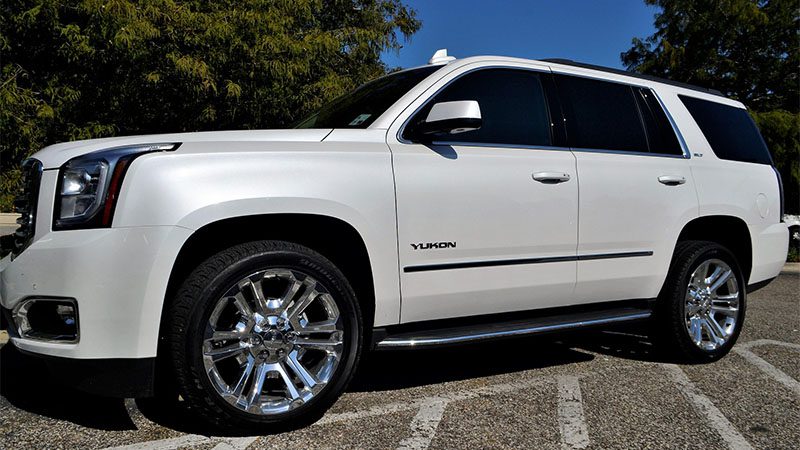
Essential Maintenance and Common Repairs for Vortec Engines
Engines are indeed complex machines, and various engine versions require various maintenance. However, these are the top 5 most important maintenance tips and tricks you need to do to keep your Vortec heads running smoothly.
Top 5 Tips to Maintain Your Chevrolet Vortec Engine:
- ✅ Change engine oil and filter versions regularly to keep your Vortec engine running smoothly.
- 🔧 Replace spark plugs as needed to maintain peak power and save fuel.
- 🧼 Clean fuel injectors to ensure proper fuel delivery and avoid a rough idle.
- 🛠️ Replace the PCV valve periodically to prevent pressure buildup and oil leaks.
- 🧰 Use OEM or quality aftermarket replacement parts when repairing Vortec engines for reliability and longevity.

Keep in mind that there are many other pieces of proactive maintenance you can do, depending on how you use your engine and how old it is.
It’s worth saying that mechanics love the Vortec since it has lots of space to work on, and due to its pushrod design and widespread parts availability. Most repair and maintenance tasks can be carried out using simple tools, which means that gaskets, spark plugs, and sensors can be tackled by businesses and experienced DIYers.
Where it gets a bit tricky is when we start dealing with intake manifold gasket replacements or working on older Chevrolet CSFI fuel systems. Be that as it may, compared to modern engines with turbochargers or complex electronics, the Vortec is fairly straightforward.
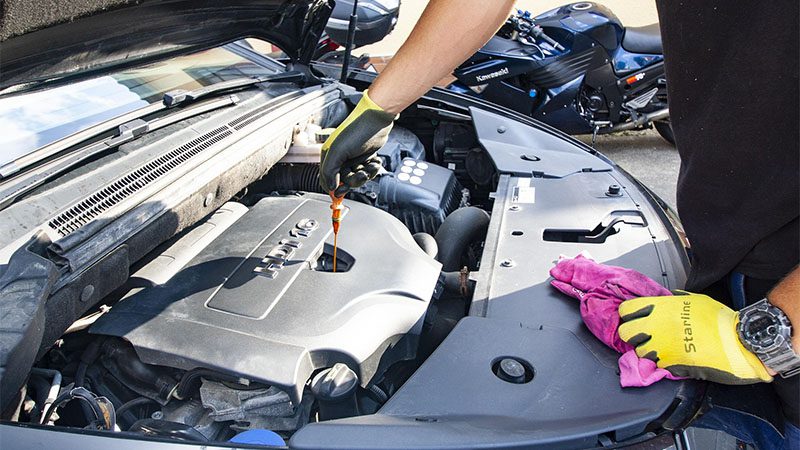
How to Troubleshoot Common Vortec Engine Issues
Since Chevrolet Vortec versions are fairly old by modern engine standards, diagnosing it is something that even experienced DIYers with the right number of tools can do. Here is a step-by-step guide on how to troubleshoot common Vortec engine issues:
- Connect a scan tool
→ Use an OBD-II scan tool to check for trouble codes (DTCs) in the engine’s computer controls (ECU). Focus on the fuel system, ignition versions, and sensor-related codes, as these can be problematic with the Vortec engine. - Check the fuel system
→ Test fuel pressure using a gauge. A weak fuel pump or clogged filter is a relatively well-documented Vortec engine issue. While at it, it’s also a good idea to inspect the fuel injectors and regulators. - Inspect the ignition system
→ Use a multimeter to test coil packs, spark plug wires, and ignition timing to check if the ignition works as it should. Faulty ignition components often cause misfires or a rough idle, and this is one way to check that. - Measure the vacuum and compression
→ Use a vacuum gauge to detect leaks or valve issues via clear hoses and air bubbles. Perform a compression test to assess internal engine health and rule out dreaded versions of mechanical damage. - Evaluate sensors and wiring
→ Check MAF, MAP, TPS, and oxygen sensors. Faulty inputs can throw off the computer controls and affect the fuel-air mix. Use a multimeter and scan tool data to go over the most important sensors, such as the crankshaft position sensor.
Final Thoughts
All in all, it’s safe to say that the Vortec engine is a high-end engine that is well-suited to trucks and SUVs. It’s tried and tested for a few decades already, and many people believe it deserves its place within the GM engine hall of fame.
Its unique design and architecture make it an ideal choice for engine builders and tuners, especially since parts are readily available and the modification community is stronger now than ever. The Vortec engine has a long history of production and has been used in a variety of GM vehicles, which means that we’ll be seeing these under the hoods of many GM classics for a long time to come.
It may not be as race-oriented as Chevrolet LS engines’ series, but we can certainly say that the Vortec is a popular choice among engine enthusiasts and even GM engineers.
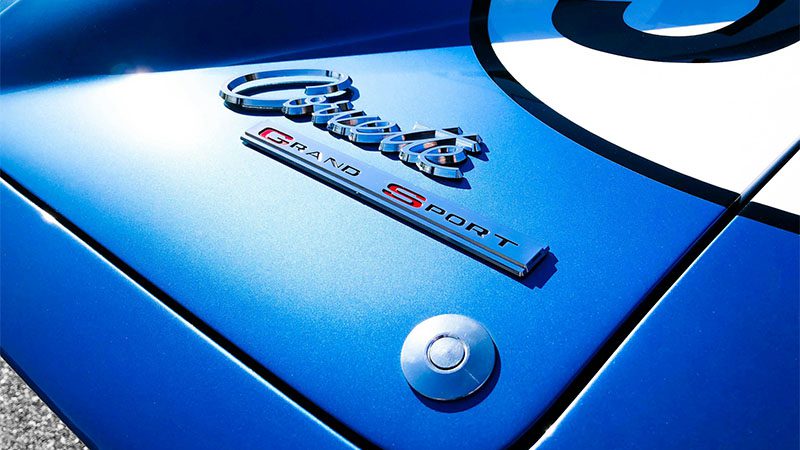
Future Developments and Innovations of the Vortec Engine
We will have to wait and see what the future brings with the Vortec, but chances are that future developments and innovations in engine technology are likely to include even more improvements to the Vortec engine.
New technologies, such as direct fuel injection, advanced variable valve timing, advanced, tougher valves, vortex technology, and turbocharging, may be used to improve the engine’s operation and fuel savings.
The Vortec engine may also be used in conjunction with other technologies, such as hybrid or electric powertrains, to create a more emissions-friendly and environmentally-oriented vehicle.
Other innovations, such as advanced materials, increased displacement, and manufacturing techniques, may also be used to improve the engine’s power and durability. Time will only tell, but one thing is for sure: The Vortec is here to stay.
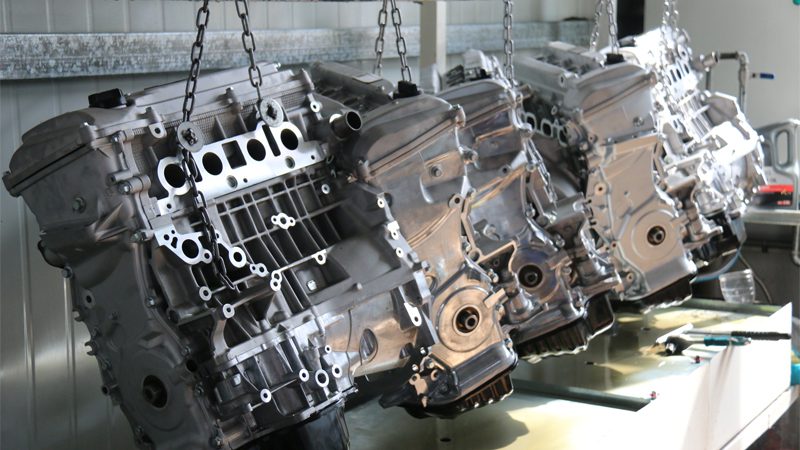
With years of expertise in the automotive industry, Nanjing Woda Auto Technology Co., Ltd. delivers high-quality engines and associated parts optimized for modern engine systems!
No matter if it’s about vortex technology, small block components, exhaust parts, pistons, superior valves, variable valve timing, or even air intake and combustion chamber mods produced for your LS and other engines, WODA has you covered on all fronts!
If you run a parts warehouse, repair shop, or import/export operation, WODA offers:
✅ Scalable inventory of cutting-edge engines and engine components
✅ Competitive B2B pricing with reliable global shipping
✅ Technical support specializing in advanced flow systems and engine technology
✅ Replacement parts engineered to resolve engine issues
Serving customers in over 100 countries, WODA’s trusted solutions can be easily installed to help you deliver, time and time again. Contact us today to reinvent your business with the latest in engine technology — from Vortec to LSengines, and everything in between!

